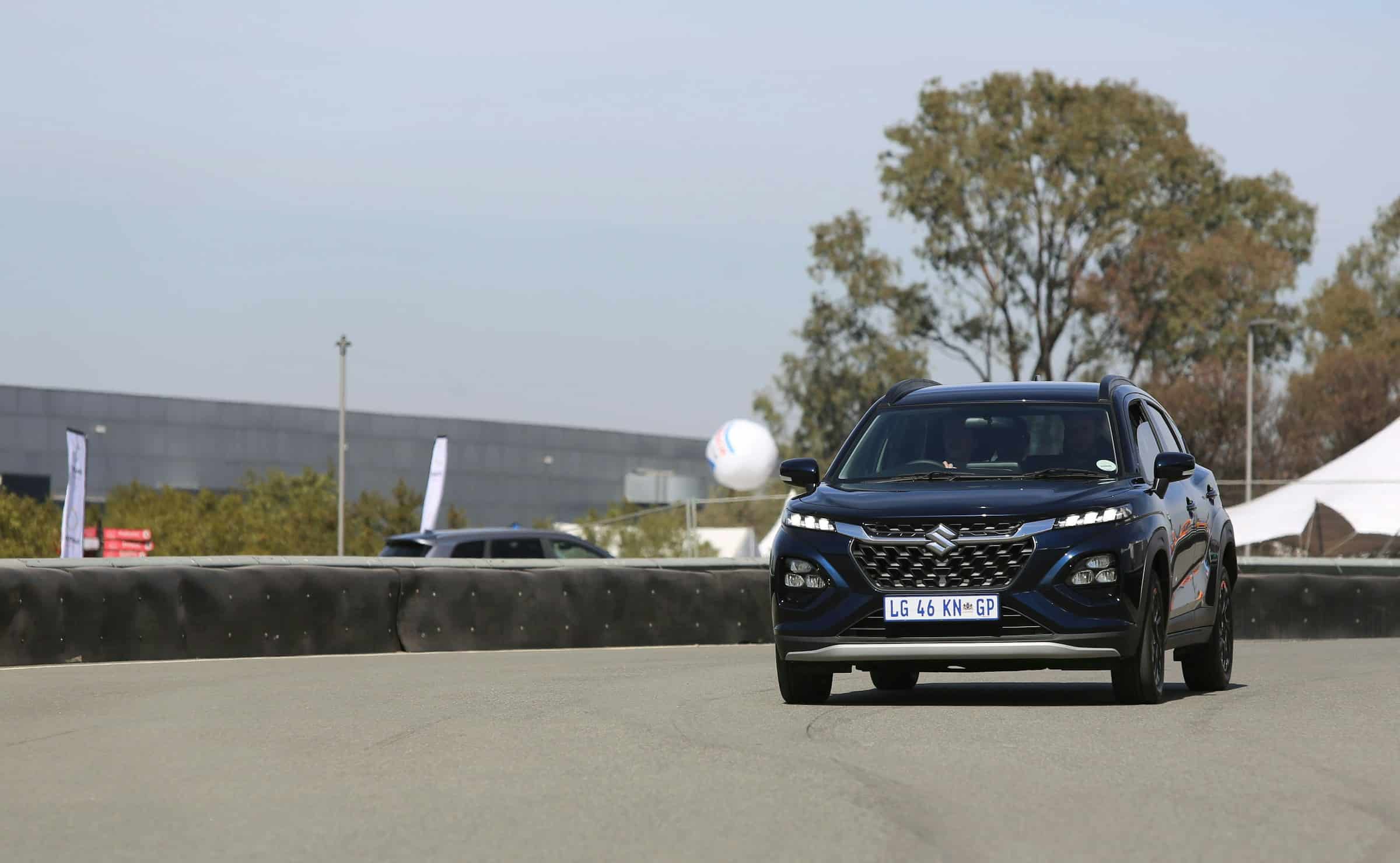What Are the Best Practices for Upgrading the Infotainment System in a 2016 Skoda Octavia?

The Skoda Octavia, a model that is admired for its combination of sophistication and durability, has been a staple in the auto industry for years. Particularly, the 2016 Octavia is highly regarded by car enthusiasts and everyday drivers alike. Despite its already impressive features, especially its powerful 1.4 litre TSI engine, there’s always room for improvement and personalisation. Infotainment systems have become a focal point in modern cars, and upgrading this feature in your Octavia can enhance your driving experience even further. Let’s delve into the best practices for upgrading the infotainment system in your 2016 Skoda Octavia.
Understanding the Current Infotainment System
Before starting an upgrade, it’s critical to understand the current infotainment system in your Skoda Octavia. The 2016 Octavia model comes with the Bolero infotainment system as standard. It features a 6.5-inch touch screen display offering numerous functionalities. From FM/AM radio, a CD player, Bluetooth, to an SD card slot, this infotainment system is already a powerful feature.
Sujet a lire : How to Optimize the Aerodynamics of a Lotus Exige with a Front Splitter and Rear Wing?
However, it lacks a few advanced features like a satellite navigation system and smartphone integration that newer infotainment systems offer. Knowing these shortcomings will give you an idea of what improvements you would want from an upgrade.
Choosing the Right Infotainment System
When choosing an upgrade for your Octavia’s infotainment system, it’s best to pick one that offers a seamless integration with the car’s existing systems. Ideally, the new system should have advanced features like Apple CarPlay or Android Auto integration, real-time traffic updates, satellite radio, and a superior audio system for an enhanced in-car entertainment experience.
A lire aussi : How to Install a Performance Short Shifter in a VW Polo GTI for Quicker Gear Changes?
Remember to check compatibility with your model to avoid any technical troubles post-installation. Read product reviews and consult with experts or car enthusiasts in trusted auto forums to make an informed decision.
Installation Process
Once you have selected a suitable infotainment system, the next step is the installation process. For some, this might be a DIY task, while others might prefer professional installation. If you’re handy with cars and have the necessary tools, you could save a significant amount of money by installing it yourself. However, do keep in mind that a poorly installed system can lead to issues down the line, so if you’re unsure, it’s best to hire a professional.
Before starting, ensure you have a clear and detailed installation guide. Disconnect the car’s battery to avoid any short circuits during the installation. Remove the old system carefully, making sure not to damage any connecting cables or parts in the process. Once the old system is out, plug in the new system, ensuring all connections are secure.
Setting Up and Testing the New System
After the physical installation, it’s important to spend some time setting up the new system. This includes configuring settings such as audio balance and syncing the system with your smartphone. Take your time to familiarise yourself with the various features and functionalities of the new system.
Once set up, test the new infotainment system thoroughly. Check the sound quality of the audio system, the display of the screen, and the ease of navigating through the system. Connect your smartphone and test the functionalities like calling, messaging and GPS.
Regular Maintenance and Updates
A crucial practice after upgrading your infotainment system is ensuring regular maintenance and updates. Just like your smartphone or computer, infotainment systems require timely software updates to fix bugs, improve performance, and add new features.
Most modern systems will automatically notify you when there’s an update available. However, it’s a good idea to periodically check the manufacturer’s website for any updates that may not have automatically downloaded.
Maintenance is also important to keep the system running smoothly. Regularly clean the screen with a soft cloth to avoid dust accumulation. Avoid using harsh cleaning chemicals as they can damage the screen. Also, keep the system’s vents free from blockages to prevent overheating.
Upgrading the infotainment system in your 2016 Skoda Octavia is a worthwhile investment, offering enriched entertainment and improved functionality. By adhering to these best practices, you can ensure a smooth upgrade process and elevate your driving experience. Take time to understand your current system, choose a new system wisely, install it correctly, and maintain it well to enjoy the best in-car entertainment.
Enhanced Features to Consider
When upgrading your infotainment system, it’s worth considering a few additional features that can improve the overall usability and user experience. Modern infotainment systems come loaded with features like voice command, touch screen controls, rear-view camera integration, tyre pressure monitoring system, and steering wheel controls that can enhance driver convenience and safety.
For instance, voice command functionality allows hands-free control of the system, enabling you to make calls, send texts, and navigate menus without taking your hands off the steering wheel. On the other hand, a tyre pressure monitoring system can provide real-time updates on your Octavia’s tyre pressure, ensuring you’re always aware of your car’s physical condition.
Rear-view camera integration can add an extra layer of safety by offering a clear view of what’s behind your car when reversing, especially useful in tight parking spaces. Additionally, steering wheel controls can allow you to adjust the audio system, answer calls, and navigate the system’s menu directly from your steering wheel, eliminating the need to reach the central console while driving.
Remember, the goal is to enhance your driving experience, so choose features that cater to your specific needs and preferences.
Manual vs. Automatic Transmission Integration
Depending on whether your 2016 Skoda Octavia has a manual transmission or DSG automatic transmission, you’ll need to consider how the new infotainment system integrates with your existing gear system. For instance, some infotainment systems are designed specifically for cars with an automatic transmission, offering features like parking assist, which may not be as useful for manual transmission cars.
You’ll also want to consider the location of the head unit. In some cars, the head unit might be placed close to the gear lever, which can be tricky for drivers with a manual transmission, as changing gears might inadvertently hit the screen or buttons on the infotainment system.
So, ensure you choose an infotainment system that not only fits physically into your Octavia’s dashboard but also integrates well with your existing car systems and driving habits.
Conclusion
Upgrading the infotainment system in your 2016 Skoda Octavia might appear daunting at first, but by following these best practices, you can ensure a smooth upgrade process. From understanding your current system to choosing a feature-rich and compatible infotainment system, from carefully installing the system to setting it up and testing it thoroughly, each step plays an essential role in enhancing your driving experience. Regular maintenance and updates are the icing on the cake, ensuring your infotainment system remains up-to-date and performs optimally.
Whether you’re a fan of Apple CarPlay or Android Auto, prefer listening to your favourite music or navigating real-time traffic updates, a modern infotainment system can offer all this and much more. So, buckle up, start your engines, and enjoy the journey with your upgraded infotainment system in your Skoda Octavia.
Remember, as one of the worldwide Skoda drivers, you’re not just driving a car, you’re experiencing a piece of Skoda Auto’s storied history, made even better with your personalised infotainment system. Happy driving!
